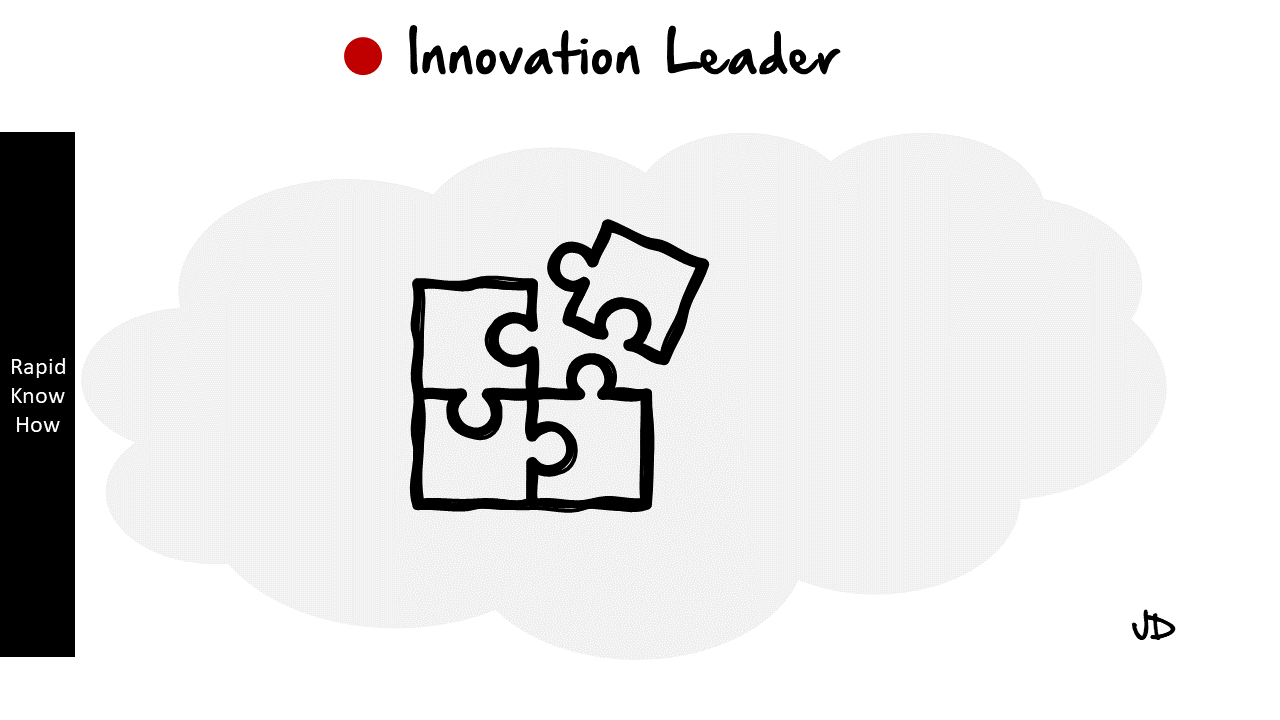Storytelling through Storyboarding: Creating Compelling Visual Narratives
Storyboarding is an essential tool in the creative process, used by a variety of industries, from film and animation to graphic novels and advertising. It is a visual representation of a story, broken down into individual panels or frames, much like a comic strip. Each panel represents a specific moment or scene in the narrative.
A. How to Use Storyboards to Tell a Compelling Story
1. Define Your Narrative: Before you start sketching, it’s crucial to have a clear understanding of your story. This includes knowing your characters, their motivations, the setting, and the plot.
2. Break Down Your Story: Once you have your narrative defined, break it down into key scenes or moments. These will form the basis of your storyboard panels.
3. Sketch Your Scenes: Now comes the fun part – sketching your scenes. You don’t need to be an expert artist; simple stick figures can do the job as long as they convey the action and emotion of the scene.
4. Add Dialogue and Direction: Under each panel, write down any important dialogue or action that happens in that scene. This helps provide context for each image and guides how the story unfolds.
5. Review and Revise: Once you’ve completed your storyboard, review it as a whole to ensure it tells your story effectively. Make any necessary revisions to improve clarity or pacing.
B. Techniques for Creating Visual Narratives Using Storyboards
1. Use Different Camera Angles: Varying your camera angles can add dynamism and interest to your storyboard. For example, an overhead shot can establish a location, while a close-up can reveal a character’s emotions.
2. Show Movement with Arrows: Arrows are a simple way to indicate movement within a frame, whether it’s a character walking across a room or an object falling from a shelf.
3. Use Color to Convey Mood: While many storyboards are black and white, adding color can help convey mood or highlight important elements within a scene.
4. Experiment with Panel Layout: The layout of your panels can also tell a story. For example, larger panels can indicate significant moments, while smaller ones can show quick actions or transitions.
C. Examples from Various Mediums
1. Films: One of the most famous examples of storyboarding in film is Alfred Hitchcock’s “Psycho.” Hitchcock meticulously storyboarded every shot, including the infamous shower scene, which consists of over 70 different shots in just 45 seconds.
2. Animations: Pixar is known for its extensive use of storyboarding. For “Toy Story,” they created over 27,000 storyboard drawings. These helped the team visualize the story and make changes before moving into the more time-consuming animation process.
3. Graphic Novels: Storyboarding is essentially the first draft of a graphic novel. Take Alan Moore’s “Watchmen,” for example. Moore’s detailed script and Dave Gibbons’ initial sketches served as a storyboard, guiding the layout and pacing of the final comic.
In conclusion, storyboarding is a powerful tool for visual storytelling. It allows creators to plan their narrative, experiment with visual techniques, and ultimately create a compelling story that engages their audience. Whether you’re making a film, an animation, or a graphic novel, mastering the art of storyboarding can take your storytelling to new heights.
